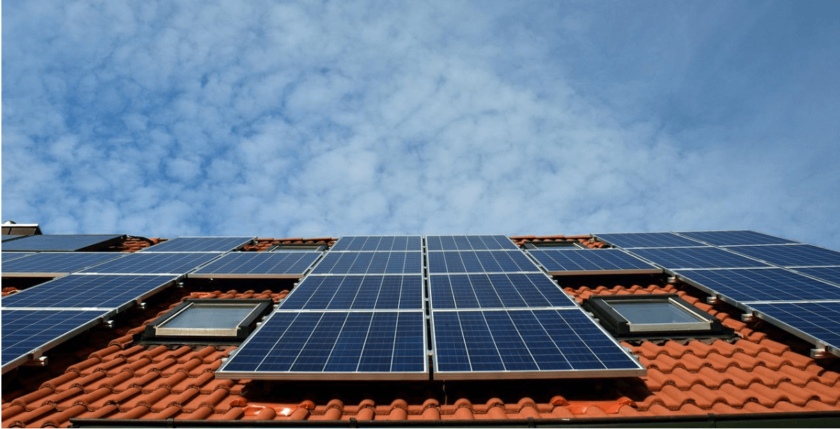When it comes time to replace your roof, it can be difficult to decide which type of roofing material to choose. There are so many different materials on the market today, each with its own pros and cons. In this blog post, we will discuss six types of roofing materials that are popular today. We will go over the benefits and drawbacks of each material so that you can make an informed decision about which one is right for you!
Asphalt Shingles
Asphalt shingles are the most popular type of roofing material in the United States. They are made from a fiberglass or paper base that is covered in asphalt. Asphalt shingles are relatively inexpensive and easy to install. They are also available in a variety of colors and styles, so you can find a look that you love. When it comes to asphalt shingle roof replacement costs, you can expect to pay between $500 and $1000 per square. One of the biggest benefits of asphalt shingles is that they are very durable. They can last for decades with proper care and maintenance. Asphalt shingles are also fire resistant, which is an important consideration if you live in an area that is prone to wildfires. One downside of asphalt shingles is that they are not as durable as some other roofing materials. They also have a shorter lifespan than other options, typically lasting between 15 and 20 years. If you live in an area with severe weather conditions, such as high winds or hail, your asphalt shingles may not last as long.
Metal Roofing
Metal roofing is a popular choice for both residential and commercial properties. Metal roofing is available in a variety of materials, including steel, aluminum, and copper. Metal roofing is long-lasting and, with proper care and maintenance, can last for decades. In addition to being fire-resistant, metal roofing is also environmentally friendly. One of the biggest benefits of metal roofing is that it reflects heat, which can help keep your home cooler in the summer months. Metal roofing is also very low maintenance. It does not require as much care as other types of roofing materials, such as asphalt shingles. One downside of metal roofing is that it is one of the most expensive roofing materials on the market. Metal roofing costs an average of $1000 per square, which is significantly more than asphalt shingles.
Tile Roofing
Tile roofing is a popular choice for homeowners who want a stylish and unique look for their homes. Tile roofs are available in a variety of colors, shapes, and sizes. In addition to being visually appealing, tile roofs are also very durable. Tile roofs can last for generations if planned and implemented appropriately. One downside of tile roofing is that it is one of the most expensive roofing materials on the market. Tile roofing costs an average of $2000 per square, which is significantly more than asphalt shingles.
Slate Roofing
Slate roofing is a popular choice for homeowners who want a stylish and unique look for their homes. Slate roofs are available in a variety of colors, shapes, and sizes. In addition to being visually appealing, slate roofs are also very durable. Slate roofs can last for generations if planned and implemented appropriately. One downside of slate roofing is that it is one of the most expensive roofing materials on the market. Slate roofing costs an average of $2000 per square, which is significantly more than asphalt shingles.
Solar Roofing

Solar roofing is a popular choice for homeowners who want to reduce their energy costs. Solar roofing is a type of photovoltaic system that uses solar panels to convert sunlight into electricity. Solar roofing systems can be used to power your entire home or just a portion of it. One benefit of solar roofing is that it can help you save money on your energy bills. Solar roofing systems can also increase the value of your home. One downside of solar roofing is that it is one of the most expensive roofing materials on the market. Solar roofing costs an average of $4000 per square, which is significantly more than asphalt shingles.
Green Roofs
Green roofs are a type of roofing system that is covered with vegetation. Green roofs can be used to help protect your home from the sun and wind. Green roofs can also help to insulate your home and reduce noise pollution. One downside of green roofs is that they require more maintenance than other types of roofing materials. Green roofs also have a shorter lifespan than other options, typically lasting between 15 and 20 years.
In selecting the type of roofing materials, make sure you do your own research. Consider the cost, durability, lifespan, maintenance needs, and the look of your home. These factors will help you decide which roofing system is best suited for you.

